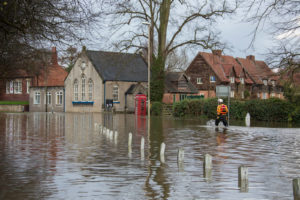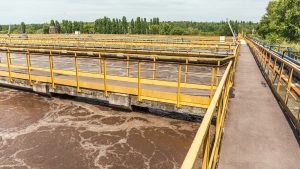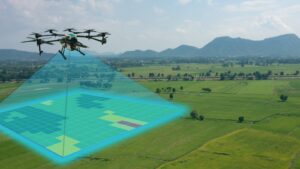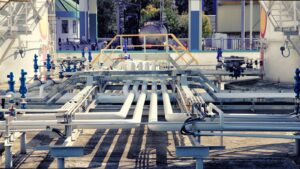The majority of the rapidly growing population of Australia has low rates of rainfall, this situation is exacerbated by the unprecedented climate changes that affect the water usage across the country. Natural events like droughts, waterborne diseases, heat waves etc and human-made events like deforestation and industrial waste dumping have led to the scarcity of water. This is why most water utility service providers in Australia are focused on water reclamation efforts like:
- Collecting return flows and agriculture runoffs
- Reusing water in industrial cooling towers
- Desalination water
- Natural resource extraction
- Rain gardening
- Recycling stormwater etc.
A range of digital technologies to future-proofing water reuse efforts exerted by water utility service enablers, because currently, water reclamation is regarded as a mandatory utility service in most parts of Australia. This article elaborates on the most influential digital technologies that facilitate water reuse in Australia and helps the reader understand the unique advantages of every digital technology.
Water Resurrection and Digital Technologies
AI driven data capitalisation
- Automate machines (like dosing pumps)
- Decrease operational costs of water reclamation
- Manipulate operational performance based on actual demands
- Predict the behaviours of water pollutants
- Set up and activate early warnings (like water quality breaches, plant infiltration, labour safety threats etc.) and more
Digital twin models of treatment assets
Digital twin technology is by far the most advanced visibility tool that a water reclamation decision-maker can possess. This technology allows the user to manipulate a configurable digital replica of a physical ‘thing’ (maybe a product, asset, system, or process). Digital simulations of water treatment facilities can allow water utility practices to lower carbon footprints, reduce costs, utilise resources better and streamline operational performance. This technology allows end-users to accelerate the hydraulic capacity at extreme water treatment events (during hurricanes, storms, hail storms etc.). The water treatment specialists can exploit the precise information and realistic reactions of the digital models to predict events and strategise reactive management strategies for proactive operations in reusable water production plants.
Satellite and GIS maps for hydraulic resource explorations and monitoring
Satellite technology is now an emerging digital technology that has impacted water utility service enablers greatly. It has allowed water specialists to pinpoint hotspots for reclaimable water harvesting for urbanised areas. To meet the challenge of water scarcity in metropolitan areas, water experts can use GIS-based screening tools to accumulate catchments with reusable water sources. Landsat satellite imagery can map out the urban growth, environmental changes, hidden water troves and environmental changes giving the water recycling experts a full-range view with high-resolution images. The earth observation (EO) data extracted from these systems not only helps treatment facilities explore water reclamation spots but also helps them understand how the treatment facilities’ operations affect the environment in the meantime. This technology combo – satellite and GIS– is a not-to-be-missed digital technology solution for agricultural experts who are related to water treatment services. InSAR Technologies to identify the mm level changes in the large water infrastructure such as catchment dams and large supply lines.
IoT-driven Water Reclamation Plant Connectivity
When implemented right, this solution can uncover everything about the plant- it will be a single source of truth. oT technology integrates all data-rich sources and allows end-users to create information models based on the insights they are trying to retrieve. For example, having all data relating to water quality reclaiming centres will allow plant managers to pinpoint poor treatment quality and improve the consistency throughout the treatment premises by utilising labour in unmanned locations.
The Ever-Increasing Demand for Water is Still very Ruthless
Nonetheless, there are still a handful of municipal water facilities across Australia that do not rely on the latest water reclamation technology, which strands them at bay in meeting the future. Are your state’s water treatment plants leveraging digital technologies? If not, how are you, as a citizen or water specialist feeling about it?







